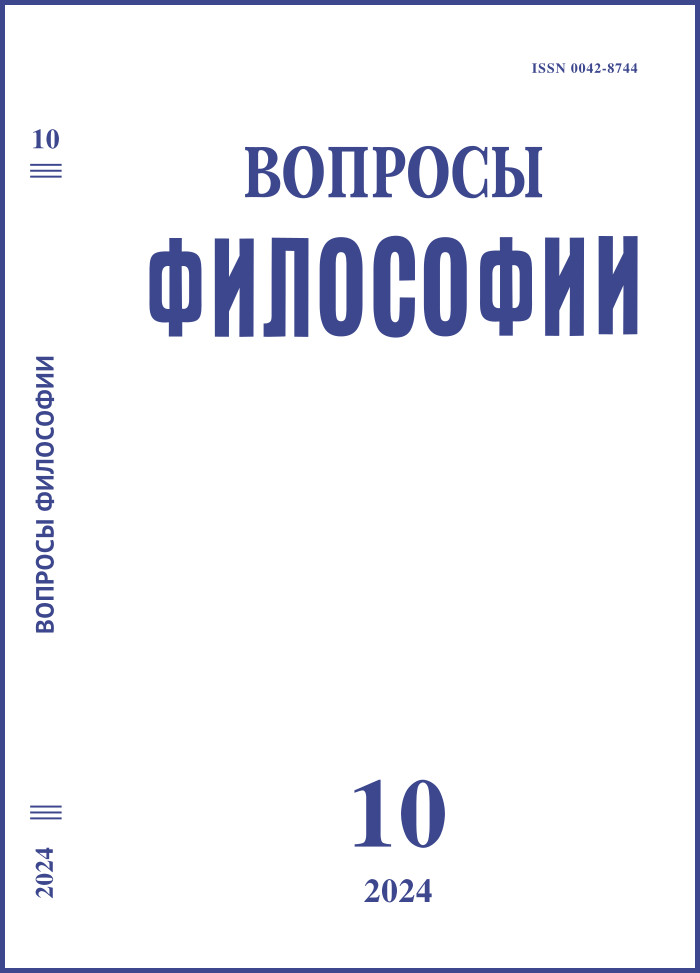The Concept of ki in the Theory of Japanese Martial Arts of the Tokugawa Era. A Study Based on the Treatise Tengu geijutsu ron (1729) by Issai Chozan
DOI:
https://doi.org/10.21146/0042-8744-2024-10-168-175Keywords:
Japanese martial arts, budo, bugei, Confucianism, Issai Chozan, Kumazawa Banzan, Tengu geijutsu ronAbstract
The concept of кi (Chinese Qi) – “pneuma”, “air”, “breath”, “spirit”, “energy”, “life force”, “matter”, etc. – is one of the fundamental and most specific categories of Chinese and, more broadly, Far Eastern philosophical thought. In Japan, the assimilation of the кi category began with the penetration of Chinese religious and philosophical thought. In the theory of martial arts (bujutsu) – the arts of swordsmanship, etc. – the category ki enters in the Tokugawa era (1603–1867) along with the establishment of Confucianism as the dominant current of social thought. In 1729, Issai Chozan (1659–1741) published the treatise Tengu geijutsu ron (“Discourses of tengu on the art [of swordsmanship]”), in which, for the first time in bujutsu literature, he not only systematically examined the functions of ki, but also gave practical instructions on managing ki with the help of breathing exercises and concentration practice, laying the foundation for the development of martial arts as one of the methods of “nurturing life” (Japanese yojo, Chinese yangsheng). The article systematizes Issai Chozan’s ideas about the essence and functions of the ki, and reveals the place of this concept in the pedagogical technology of achieving mastery in martial art

